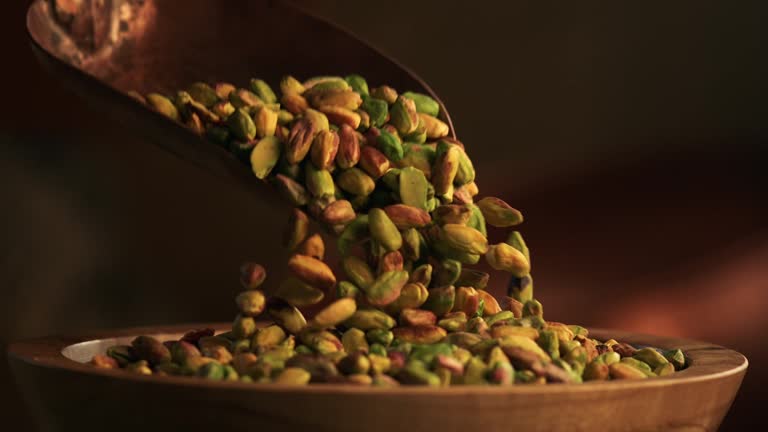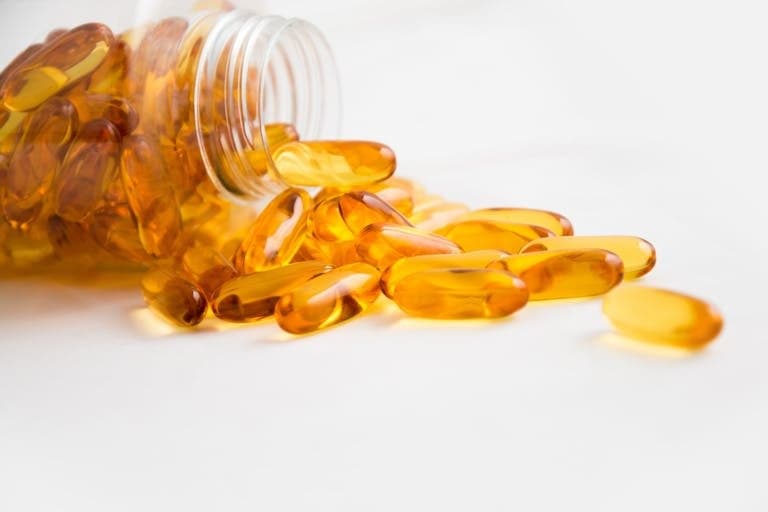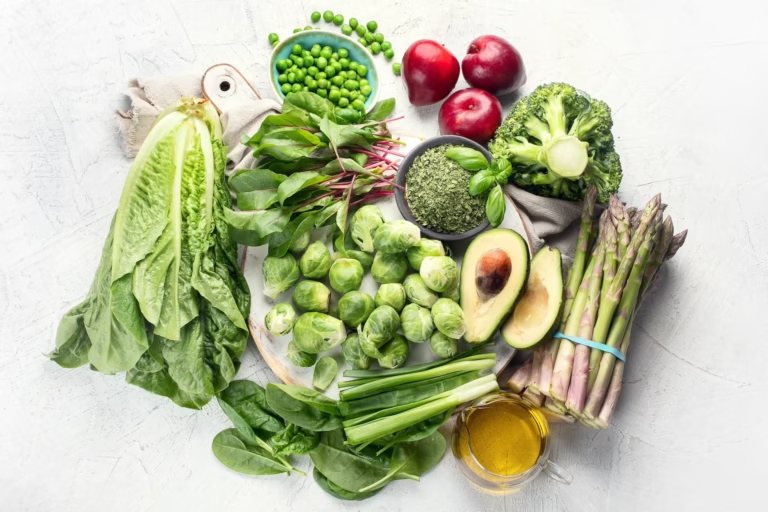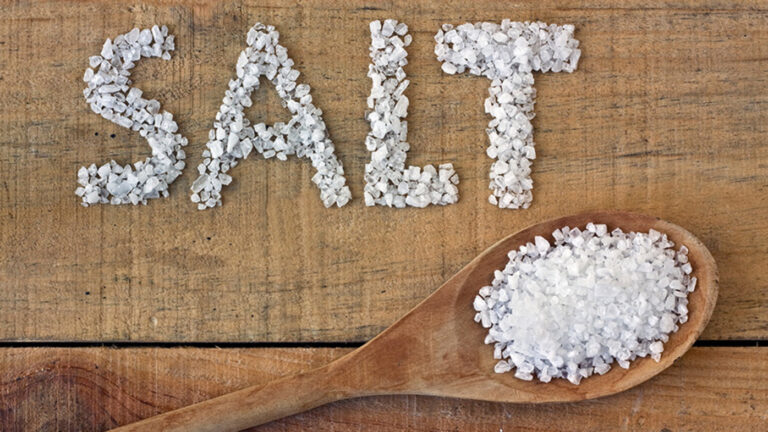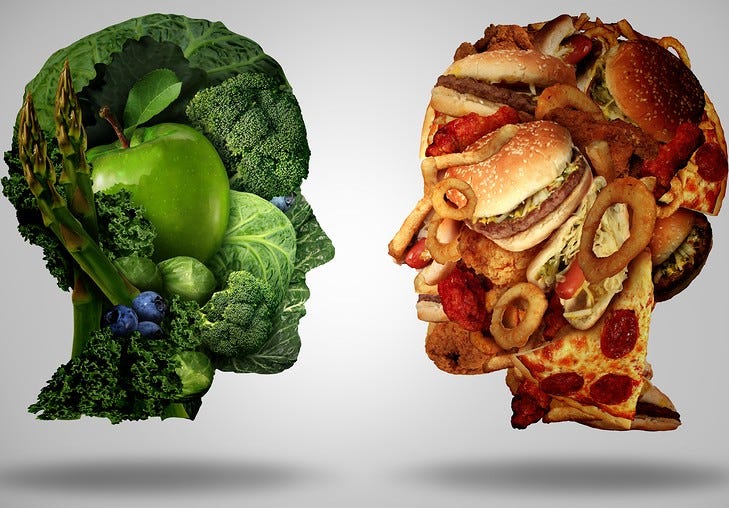🧁 “I’ve cut out sweets, so why am I still not losing weight?”
You might be surprised to learn that even your healthiest choices could be packed with hidden sugars—yes, even those protein bars and multigrain breads!
🔍 What is Hidden Sugar?
Hidden sugar refers to the added or naturally occurring sugar in packaged foods that don’t taste sweet but still contain sugar in significant amounts. It’s hidden because it doesn’t always appear as “sugar” on labels. Instead, it hides behind names like:
- High fructose corn syrup
- Brown rice syrup
- Dextrose, maltose, glucose, or sucrose
- Cane juice, agave nectar
- Fruit juice concentrate
Food manufacturers often use multiple types of sugar in small amounts to avoid putting “sugar” at the top of the ingredient list. But added together, the sugar load is still heavy.
When we think of sugar, we imagine candies, cakes, and sodas. But the truth is—many foods labeled as “healthy” are loaded with hidden sugars that silently harm your body. These sugars don’t always show up as “sugar” on the label. Instead, they appear with tricky names like:
- Fructose, maltose, cane juice
- Corn syrup, agave nectar, molasses
- Sucrose, dextrose, glucose solids
Even natural-sounding foods can spike your sugar intake:
- 🥣 Granola and protein bars
- 🍞 Whole wheat breads
- 🧃 Packaged fruit juices
- 🥛 Flavored yogurts
- 🥫 Low-fat sauces and dressings
- 🥤 Plant-based milks with flavors (like vanilla almond milk)
These hidden sugars can:
- 🍩 Disrupt blood sugar levels
- 😓 Increase cravings and fatigue
- 🧠 Affect mood and focus
- 📉 Slow down weight loss efforts

🥗 Common “Healthy” Foods Loaded with Sugar
Let’s uncover where sugar might be hiding in your diet:
- Flavored Yogurts – A small cup can have more sugar than a donut.
- Granola & Cereal Bars – Marketed as fiber-rich but often sugar bombs.
- Fruit Juices & Smoothies – Even 100% juice spikes blood sugar instantly.
- Plant-Based Milks – Vanilla or sweetened almond/oat milk contains 6–12g of sugar per cup.
- Whole Wheat Bread – Many “healthy” breads use sugar or molasses for flavor.
- Ketchup, Sauces, Salad Dressings – Store-bought versions are often sugar-loaded.
- Protein Powders & Shakes – Especially flavored ones may have 15–20g of sugar!
🧠 Why Hidden Sugar Is Dangerous
Even small doses of hidden sugar every day can lead to:
- ⚖️ Weight gain & belly fat
- 😴 Energy crashes and fatigue
- 🧠 Brain fog and mood swings
- 🍩 Increased cravings
- 🦷 Tooth decay
- 🧬 Inflammation and poor gut health
You might think you’re eating healthy, but sugar silently undoes your efforts.
✅ What You Can Do:
- 🔍 Read nutrition labels carefully
- 💧 Choose unsweetened versions of drinks and yogurts
- 🥗 Make dressings at home
- 🍌 Rely on natural sweetness from fruits, dates, or honey (in moderation)
- 🧠 Remember: “Low-fat” often means high sugar!
✅ Smart Swaps to Beat Hidden Sugar
- ✅ Choose plain yogurt + fresh fruits instead of flavored ones
- ✅ Use homemade salad dressings with lemon, herbs, and olive oil
- ✅ Check for “unsweetened” on labels of nut milk or cereals
- ✅ Pick fresh fruit over juice
- ✅ Read nutrition labels: Look for <5g sugar per 100g as a rule of thumb
- ✅ Avoid products where sugar is in the top 3 ingredients
💡 The Sweet Truth:
Just because it looks healthy doesn’t mean it’s sugar-free. Stay alert, eat clean, and take control of your nutrition—because hidden sugar is the sweet trap we all fall into.
💡 Final Thought: Sugar Isn’t Just a Sweet Problem—It’s a Silent One.
We often associate sugar with desserts, but its presence in everyday “healthy” foods is the real danger. It affects your metabolism, your gut, your energy, and even your mood—without you realizing it.
The goal isn’t to remove sugar completely but to become conscious and selective. Let sweetness come from whole, natural sources like fruits, dates, or a drizzle of raw honey—rather than hidden sugars in processed food.

